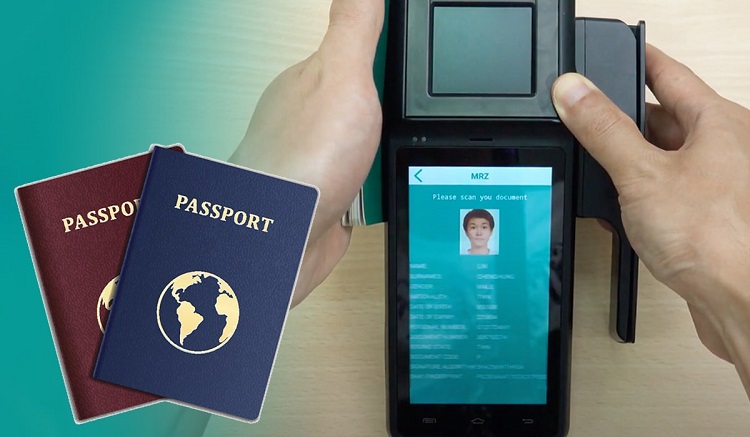Understanding MRZ Reader API: Unlocking the Future of Document Verification
In the realm of document verification and identity management, the Machine Readable Zone (MRZ) has emerged as a crucial element. Found at the bottom of passports and various identity documents, the MRZ is a standardized section that allows for the swift and accurate scanning of personal data. It is composed of lines of text that contain key information about the document holder, encoded in a format that can be easily read by optical character recognition (OCR) technology.
Table of Contents
What is MRZ?
The MRZ typically appears as a two or three-line segment on the identity document. Within these lines, essential information is encoded, including the document type, country of issuance, name, date of birth, gender, nationality, document number, and expiration date. The data is structured in a specific manner to aid automated reading processes, reducing the chances of error during information extraction. MRZ codes often use a combination of alphanumeric characters and special symbols, which makes them challenging for manual interpretation but highly efficient for machines.
The Benefits of MRZ Scanning
When scanned, the MRZ can instantly provide critical data for identity verification processes, facilitating a range of applications from airport security checks to banking transactions. The use of MRZ reduces processing time and enhances accuracy when compared to manual data entry methods. With the demand for secure and efficient identity verification mechanisms growing globally, the integration of MRZ Readers into various systems has become paramount.
How MRZ Reader API Works
The MRZ Reader API harnesses advanced artificial intelligence (AI) and OCR technologies to automate the process of reading and interpreting MRZ data. Using robust algorithms, the API scans the MRZ lines for predefined patterns, quickly identifying and extracting relevant information. This capability allows businesses to streamline operations while maintaining high levels of accuracy and security.
Delving deeper, the API functions by first capturing an image of the MRZ segment, often using high-resolution cameras or mobile devices. This image is then processed through the OCR engine, which translates the visual data into machine-readable text. The AI component plays a critical role in enhancing the reliability of this process by learning from previous scans, thereby improving accuracy over time and minimizing the occurrence of misreads.
Furthermore, the MRZ Reader API can be integrated into various platforms and applications, including mobile applications, desktop software, and web services. This versatility ensures that businesses across different sectors, from travel to finance, can easily incorporate MRZ scanning capabilities into their operations.
The Impact of AI on MRZ Scanning
AI-driven solutions significantly enhance the efficiency and effectiveness of MRZ reading processes. By utilizing deep learning techniques, the MRZ Reader API can adapt to diverse document formats and conditions, including varied backgrounds, lighting, and document wear. This adaptability is crucial in real-world scenarios where documents might not always be in pristine condition.
Moreover, the API can operate in real-time, enabling instantaneous verification. This capability is vital in scenarios where quick decisions are necessary, such as during airport check-ins or client onboarding processes in financial institutions.
In summary, as the importance of secure identity verification continues to rise, the MRZ Reader API stands out as a powerful tool that leverages AI and OCR technologies. By providing efficient, accurate, and rapid document verification processes, this API not only enhances user experience but also strengthens security measures across various sectors. As organizations seek to streamline operations and safeguard against identity fraud, MRZ scanning technology is poised to play an integral role in the future of identity management.

